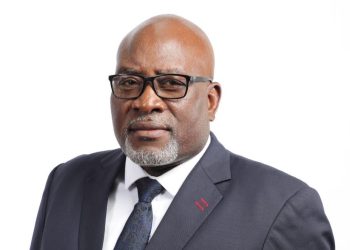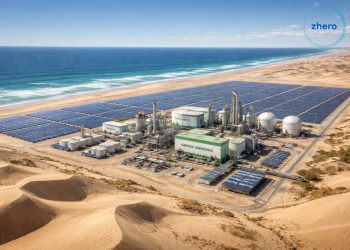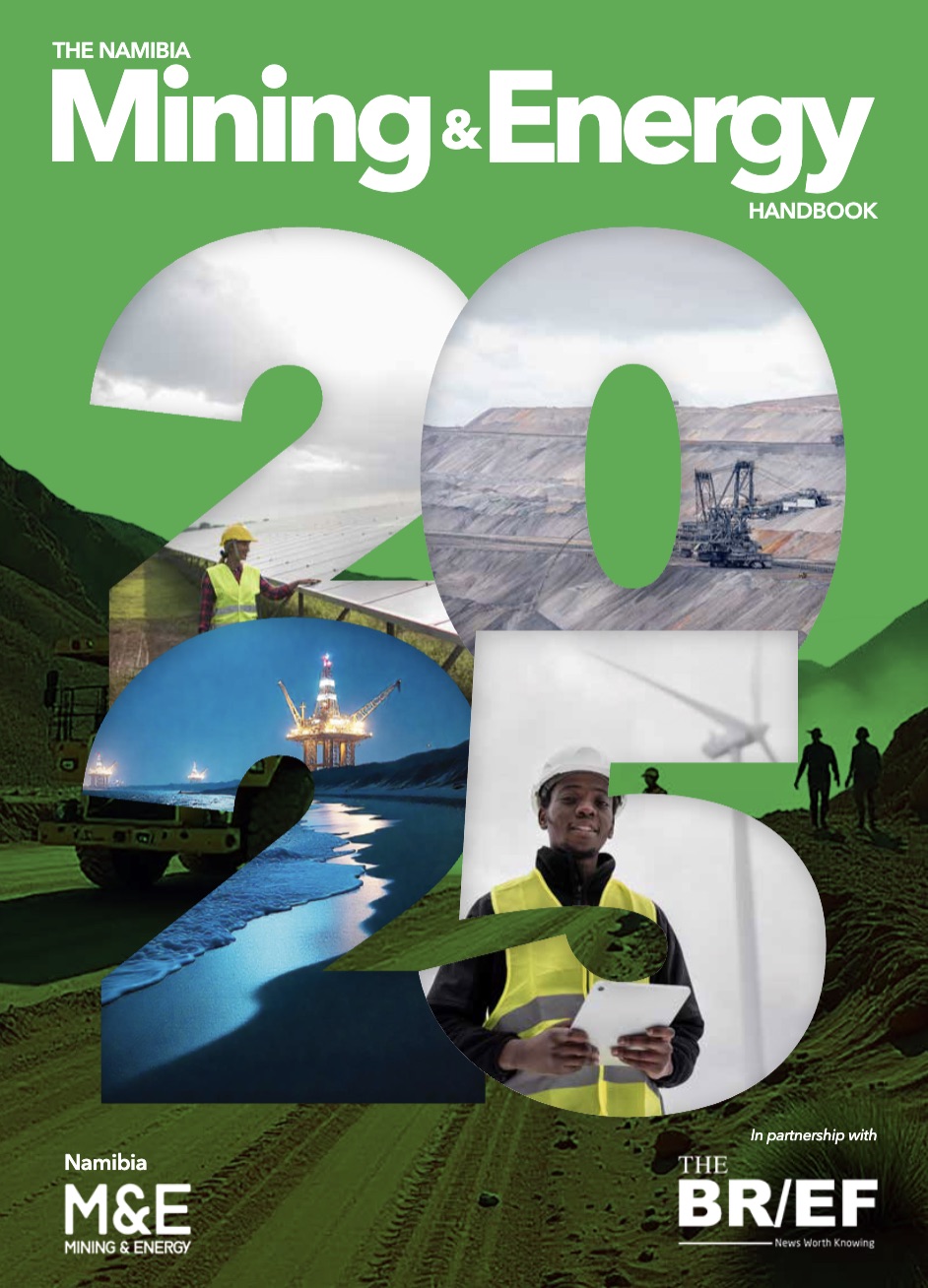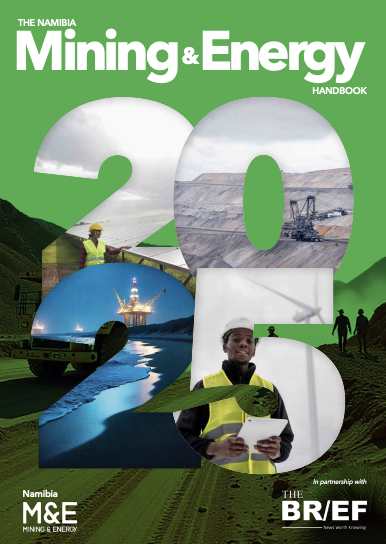
Namibia’s mining sector recorded a significant increase in exploration expenditure in 2024, with total spending rising to N$1.49 billion from N$891.3 million the previous year, a 66.7% jump.
This is despite a 3.8% decline in fixed investment, which fell to N$5.69 billion from N$5.91 billion in 2023.
According to the Chamber of Mines of Namibia’s 2024 Annual Review, the shift signals a change in industry priorities from infrastructure development to resource expansion and early-stage project assessments.
The Chamber attributed the decline in fixed investment to the completion of major infrastructure phases and postponed investment decisions in several large-scale projects.
“Development and exploration companies also expanded their budgets, spending N$914.7 million in 2024 compared to N$614.5 million in 2023, marking a 48.9% increase,” the report stated.
Exploration by mining companies more than doubled year-on-year, rising from N$276.8 million to N$570.8 million — an increase of 106.3%.
The Chamber noted that the increase in exploration spend reflects growing interest in uranium, copper, gold, and critical minerals such as lithium and rare earths.
Andrada Mining, one of the companies driving this trend, completed 20 diamond drill holes totalling 2,975 metres at the historical Brandberg West mine under EPL 5445. Drilling confirmed high-grade tin, tungsten, and copper mineralisation in and around the historical pit.
The company is also targeting pegmatites near the V1V2 pit at Uis to assess lithium and tantalum potential based on historical ISCOR data.
“A total of 127 drill holes are planned, comprising 27 diamond drill holes and 100 reverse circulation holes, with a total drilling depth of 12,000 metres,” the Chamber noted.
B2Gold Namibia also made significant exploration strides, spending N$124.5 million to investigate deep-seated mineralisation in the Springbok Zone, south of the Otjikoto open pit.
The company drilled 33 holes totalling 16,950 metres, resulting in an inferred mineral resource of 1.75 million tonnes at 6.91 grams per tonne — equating to 390,000 ounces of gold.
“The resource is considered sufficient to support a Preliminary Economic Assessment for potential underground development, similar to the Wolfshag deposit,” the report stated.
Marine diamond producer Debmarine Namibia conducted 250 days of pre-production sampling in the Atlantic 1 mining licence area in 2024, slightly down from 285 days in 2023 due to maintenance on the SS Nujoma vessel. Despite the reduced activity, 54.53 km² of seabed was covered and a 135-day geophysical survey completed.
“These sampling campaigns aimed to identify potential areas for pre-production development sampling in 2024 and beyond,” the Chamber stated.
Namdeb spent N$103 million on exploration at the Southern Coastal Mine, which included marine surveys, drilling, and geophysical work.
In addition to offshore work using echosounder technology, early exploration for rare earth elements yielded encouraging signs.
“A ranked portfolio of non-diamond prospects has been established, with Greenfields exploration planned for 2025 for two base metal prospects,” the Annual Review noted.
Swakop Uranium allocated N$81.76 million for exploration across ML 171, EPL 3138, and EPL 3439, focusing on infill and target drilling.
Work also included a 179 km² airborne survey and reinterpretation of 500 km² of existing data to refine geological models.
“Infill drilling focused on Zone 1 and Zone 2 pits, ensuring resource availability for mining through 2028,” the Chamber stated.
The rise in exploration activity suggests renewed confidence in Namibia’s geological potential and a broader shift toward securing future mineral resources.







